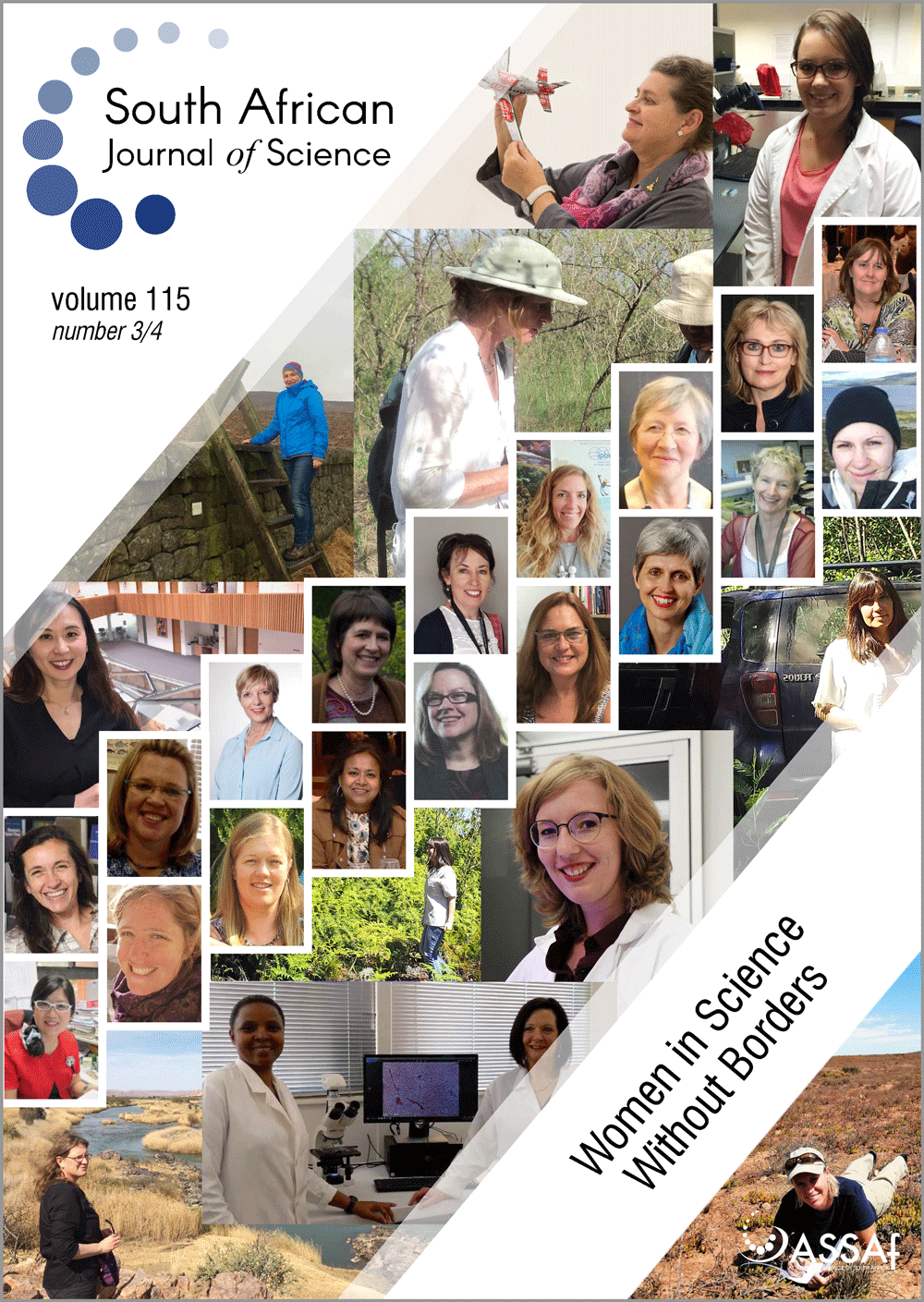Leveraging media informatics for the surveillance and understanding of disease outbreaks
DOI:
https://doi.org/10.17159/sajs.2019/5290Keywords:
Zika, syndromic surveillance, knowledge crisis, risk perception, public understanding of scienceAbstract
Syndromic disease surveillance mechanisms can be enhanced by incorporating mass media informatics for disease discourse and aberration detection and social psychology for understanding risk perceptions and the drivers of uptake and resistance. Using computerised text analysis, the coverage of the outbreak of Zika virus in Brazil in 2017/2018 in four newspapers – O Estado, O Globo, the Times of London and the New York Times – was examined and patterns were compared with Google Trends. Quantitative indicators showed waves of attention to Zika peaked in the same period but local newspapers, O Estado and O Globo, indicated lower levels of anxiety in the run up to the Olympics when compared with foreign media. The unusual surge in attention to dengue in early 2015 was an early indication to sound the alarm for extensive clinical investigations. This, together with the flagging of Zika by O Globo almost a year before the global alarm, indicates the suitability of this method for surveillance and detection of aberrations. Media attention waves are also significantly associated with Google Trends, indicating empirical equivalence. Qualitative indicators show the extra motivation over Google, World Wide Web or Twitter searches by highlighting public perceptions. Findings show the absence of a stable body of scientific knowledge at the outbreak and an ensuing crisis of understanding. Local concerns were about the economic crisis, religious beliefs, poverty and crime – all inhibitors to containment – while the global alarm was amplified by risk to tourists and athletes, and political disputes mixed with religious beliefs.
Significance:
- This study contributes to research on the use of longitudinal media data as surrogate sources for syndromic disease surveillance.
- Mass media informatics provide empirical equivalence to Google Trends.
- Clinical and non-clinical factors contributed to public anxiety over disease epidemics.
- Lack of clinical knowledge at the onset of the crisis contributed to anxiety among scientists and the public.
Published
Issue
Section
License

All articles are published under a Creative Commons Attribution 4.0 International Licence
Copyright is retained by the authors. Readers are welcome to reproduce, share and adapt the content without permission provided the source is attributed.
Disclaimer: The publisher and editors accept no responsibility for statements made by the authors
How to Cite
- Abstract 1550
- PDF 695
- EPUB 263
- XML 410












.png)